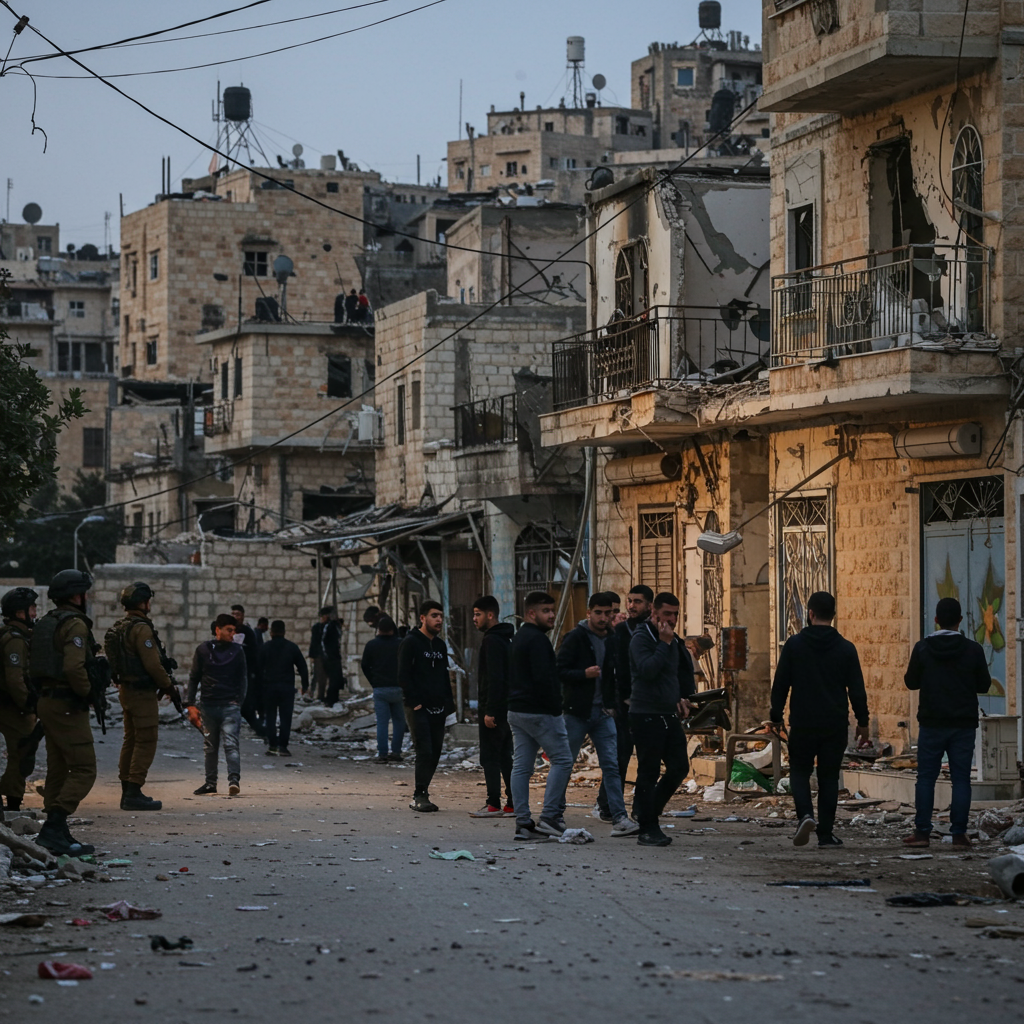The global fight against HIV is at a critical juncture, facing its most significant disruption in a quarter-century. According to Winnie Byanyima, Executive Director of the Joint United Nations Programme on HIV and AIDS (UNAIDS), the global HIV response is currently “in crisis.” This dire situation is largely driven by severe funding cuts that threaten to unravel years of hard-won progress and endanger millions of lives.
UNAIDS, a key body operating in nearly 100 countries, has seen its own core budget slashed by almost half. Byanyima revealed in a recent interview that this devastating loss, stemming from two pockets of the United States government, is severely hampering the organization’s ability to lead the global response and even “stay alive.”
The impact extends far beyond UNAIDS headquarters. Clinics are closing their doors, vital prevention services have come to a halt, and people living with HIV are losing access to life-saving medicines. Aid workers on the ground report devastating consequences, such as the potential expiry of crucial medicines because community outreach staff have been laid off due to budget cuts, leading to fewer people accessing services.
The Unraveling of Progress
For decades, global efforts, significantly led by the US through initiatives like the President’s Emergency Plan for AIDS Relief (PEPFAR), have saved millions of lives and reduced new infections. However, with over a million new infections still occurring annually and no vaccine or cure available, sustained prevention and treatment are paramount.
The recent cuts, particularly affecting US foreign aid implemented by agencies like USAID (which the original article notes was shut down, impacting PEPFAR programs on the ground), have caused widespread alarm. While there has been confusion and partial restoration of some services (like testing and treatment via the CDC), many critical prevention programs, including those providing condoms, PrEP, and other tools, remain closed, disproportionately affecting vulnerable populations such as gay men, women and girls in Africa, sex workers, and people who inject drugs.
Despite claims from some US officials that a high percentage of PEPFAR remains functional, UNAIDS data indicates a much larger impact, particularly in low-income countries heavily reliant on this support.
Stark Projections and Funding Gaps
The consequences of failing to fill this funding gap are alarming. UNAIDS modeling projects that if the cuts are not reversed or compensated for by other sources, the world could see an estimated 6.6 million additional new HIV infections and 4.2 million additional AIDS-related deaths between 2025 and 2029 alone. These figures come on top of already estimated infections and deaths.
Even countries with strong domestic commitments, like South Africa – which funds over 76% of its own HIV response – are feeling the pinch. Despite ambitious goals like putting an additional 1.1 million people on treatment by the end of 2025 through campaigns like “Close The Gap,” the loss of US funding (previously contributing around 17%) has led to specific negative impacts, including over 8,000 health workers and 1,600 data capturers losing their jobs, impacting supply chains, labs, and resulting in the closure of key population clinics.
Globally, the AIDS response already faced a significant funding shortfall of US$9.5 billion. UNAIDS estimates that US$29.3 billion is needed annually to stay on track to end the AIDS pandemic as a public health threat by 2030.
Beyond Funding Cuts: The Weight of Debt
Compounding the crisis from funding cuts, many low- and middle-income countries, particularly in sub-Saharan Africa which carries the largest burden of HIV globally (26 million out of 40 million people), face a crippling public debt crisis. UNAIDS highlights that increasing costs of servicing sovereign debt are diverting critical funds away from essential public health programs, including HIV. In some countries like Zambia and Zimbabwe, debt payments consume over half, and sometimes up to two-thirds, of government revenue, leaving insufficient fiscal space for healthcare needs.
This financial strain risks undermining the significant progress made, such as the 56% reduction in new HIV infections in sub-Saharan Africa since 2010. UNAIDS calls for urgent public debt reduction and strengthened domestic resource mobilization, including improving tax systems and leveraging natural resources, to create the necessary funds for national HIV responses.
Breakthrough Innovations Meet Access Barriers
Amidst the challenges, scientific breakthroughs offer a glimmer of hope. A new long-acting injectable medicine, lenacapavir, administered just twice a year, has shown nearly 100% effectiveness in clinical trials for preventing HIV infection. Described by UNAIDS as a potential “game-changer” and “prevention revolution,” this American innovation developed by Gilead Sciences could drastically cut down new infections.
However, its transformative potential is severely threatened by its potential cost. Rumors and announced US list prices hover around $28,000 per person per year. UNAIDS and other experts strongly criticize this price, noting research suggests generic versions could cost as little as $25-46 per person per year with committed demand. At the current price, lenacapavir will remain out of reach for the vast majority of people who need it most globally, mirroring the early challenges with affordable access to antiretroviral treatments decades ago. UNAIDS is urging Gilead to drastically lower the price, increase production, and ensure global equitable access to make this tool effective for ending the pandemic.
Mobilizing Support and the Fight for Justice
In the face of this multifaceted crisis, Winnie Byanyima and UNAIDS are rallying support on multiple fronts. This includes public appeals (even reaching out to figures like Elon Musk and former President Trump to highlight the impacts and potential deals around new innovations), engaging with faith leaders (meeting at the Vatican to mobilize support from communities historically involved in the AIDS response), and advocating at global forums like the WHO Assembly and the UN General Assembly (UNGA).
At UNGA79, UNAIDS plans to urge leaders to prioritize rolling out new prevention medicines equitably, revitalize multilateralism centered on human rights and people-centered approaches, and address the debt crisis hindering health investments. They will also showcase the global AIDS response as a successful model of multilateralism and solidarity.
A key element of this mobilization is empowering communities and young people. Community-led organizations, often the backbone of the response on the ground, have been devastated by funding cuts. UNAIDS stresses the need to empower communities and young people to take leading roles. Young HIV activists are directly advocating at the UN, calling for investment in youth-friendly health services, fighting stigma, and demanding recognition as “equal rights holders” and partners in the response, not just beneficiaries.
For Byanyima, this professional battle intersects with a personal struggle. Her husband, a long-time opposition leader in Uganda, remains imprisoned on serious charges. She views both fronts – the fight for global health funding and the fight for her husband’s freedom – as parts of a larger struggle for justice. Drawing lessons from Uganda’s history, she emphasizes that no one, anywhere, should take freedom, human rights, or the rule of law for granted, underscoring the need for citizens to actively protect these foundations.
Despite the enormous challenges and necessary letting go of experienced staff due to budget cuts, UNAIDS and its partners remain determined. Inspired by governments and communities on the ground who are stretching resources and finding innovative ways to continue, the fight to keep people alive and push back against this crisis goes on. The call is clear: renewed global political will and financial commitment are essential to overcome the current crisis and get back on track to end AIDS by 2030.
References
- www.unaids.org
- www.unaids.org
- news.un.org
- www.voanews.com
- <a href="https://www.unaids.org/en/resources/presscentre/pressreleaseandstatementarchive/2024/september/20240924maunga79″>www.unaids.org



